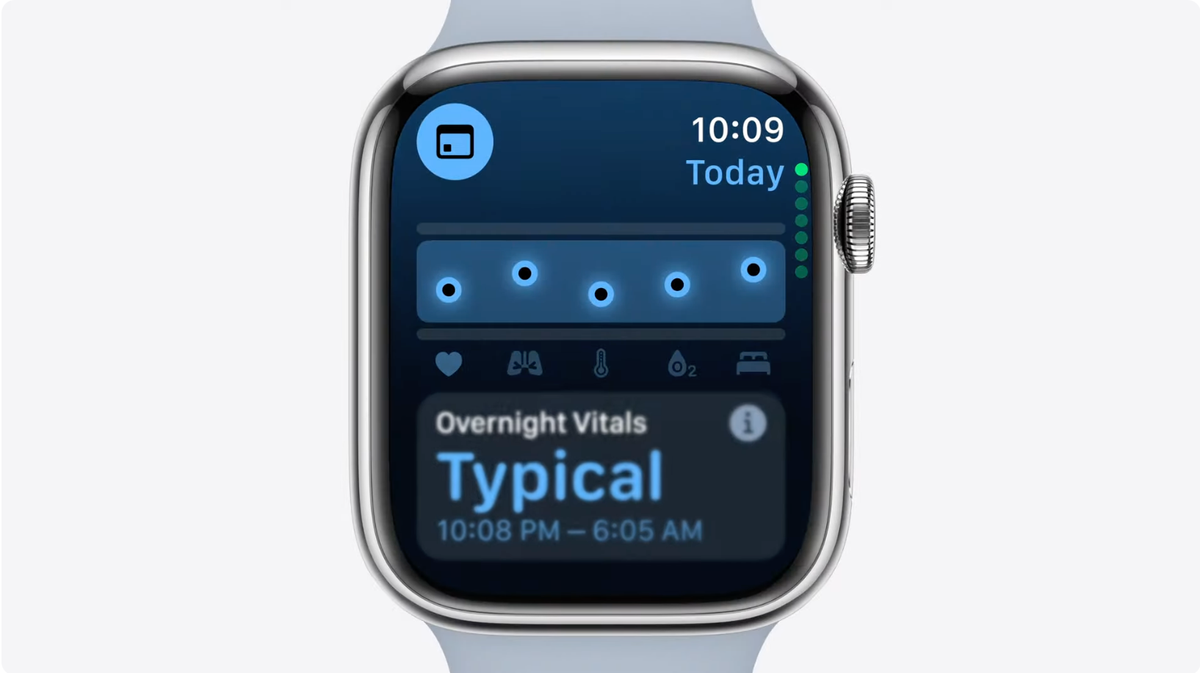- 2 Posts
- 26 Comments

 6·3 months ago
6·3 months agoThis is news? To anyone?

 7·3 months ago
7·3 months agoUnless I’m mistaken, and I probably am, the patents on blueray should have expired by now. Software side might be covered under copyright right though. Not sure if software can be copyrighted though tbh.

 4·3 months ago
4·3 months agoMy house is old enough that it doesn’t have neutrals, so I’m kinda limited in what I can install. I’ve been using smart plugs by thirdreality and battery powered buttons. No problems with the smart plugs yet.
THIRDREALITY ZigBee Smart Plug 4 Pack with Real-time Energy Monitoring,15A Outlet, Zigbee Repeater,ETL Certified,ZigBee Hub Required,Work with Home Assistant,Compatible Echo Devices and SmartThings https://a.co/d/05vm2VMC

 1·4 months ago
1·4 months agoI do both. I buy the media, usually a physical release, and then put it on my Jellyfin server to stream to my devices. Benefits of streaming, but with the piece of mind that my favorite music, movies or tv shows won’t go away.

 171·4 months ago
171·4 months agoThere is no option. There is too much variation in the various phone chips for the hardware hacking community to reverse engineer more than a bare handful. And as soon as the hardware has been reverse engineered, it will never be used again by a manufacturer making the exercise largely pointless.
Add to that, the fact that Qualcomm actively discourages long term support of their chips….

 5·5 months ago
5·5 months agoI use Jellyfin more for music than for video, but it generally keeps going till I tell it to stop or I have a network error. Some clients have a sleep timer to stop playback if you need it.

 19·5 months ago
19·5 months agoThat’s a site I haven’t heard of in a while.

 34·6 months ago
34·6 months agoThat argument was in fact made when VCRs first came out. I don’t remember how exactly it played out but in the end the courts here in the US said that VCRs were fine.

 73·6 months ago
73·6 months agoSo the author is surprised that companies that makes a large chunk of their revenue from advertising is using the stuff it sold as billboards. Color me shocked.

 115·7 months ago
115·7 months agoWhich have their own issues. Namely, to my knowledge, upfront cost and lack of flexibility. I’m sure there are others.
Here in the US, you are unlikely to find enough people willing to think far enough ahead for that to happen. Too many emotions guiding actions.

 154·7 months ago
154·7 months agoAs a truck driver, I would like to ask, how would you acquire all the “stuff” you have bought over the years? I am reasonably sure most of it was not produced locally to you. And the raw materials almost certainly aren’t locally sourced. Trucking and logistics generally has its issues, and you only have glimpsed a fraction of them, but it is absolutely necessary for modern society. Unless you’re proposing we kill off 2/3rds of humanity and go back to hunter-gatherer. Not a fan of that idea.

 204·7 months ago
204·7 months agoI’ll be honest, didn’t realize this was news to anyone online in general. What is posted online stays online, particularly if you wish it didn’t. Most especially if you make a stink about it.

 2·8 months ago
2·8 months agoHow I name things depends on what angle I’m looking at it from. Within HA, everything is named
<device type>.<room>.<location in room>.<number>which looks something likelight.livingroom.overhead.1.When I expose it to my voice assistant (Alexa in my case), they are usually grouped and are named something that easy to say and remember like
Livingroom Overhead.

 2·8 months ago
2·8 months ago$0.50/share/quarter according to this article. https://www.cnbc.com/2024/02/01/meta-is-paying-first-ever-dividend-authorizes-50-billion-buyback.html
If my math is right, At Meta’s current stock price of $472 that makes an annual yield of 0.004%. It’s great news for old investors, but that will be a hard pass from me.

 3·8 months ago
3·8 months agoFor obtaining music, I check Bandcamp, then Amazon (they have drm free mp3s of most music and cds for everything else), then the artist site if available, then finally I look in the seas.
As for the best way to store and play the music back, I’ve put everything on my Jellyfin instance and then stream the media to my devices. On iOS, FinAmp is a decent music player for this setup.

 2·8 months ago
2·8 months agoOut of the box, the Sonoff adapter is setup to be used as a coordinator, like the SkyConnect. To run it as a relay you will need to reflash its firmware. Sonoff has firmware available for that and I’ve seen guides floating around on how to do so.
Hardware side, best I can give you is a solid maybe, and I couldn’t tell you how stable the connection would be. I do know that it has better signal stock than the Nabu’s SkyConnect.
If you stuck it in front of a broad wave guide you might be able to eak out a little more range without limiting its visibility to the sides too badly. Like how satellite dishes work. A tin can would be too focused for this application but a metal colander or a foil lined dinner plate might work. Both the coordinator and the devices you are wanting to connect would have to be within “sight” of the Sonoff’s signal though.
Alternatively, and I don’t know if the parts exist to do this, you could split the single antenna off to 2 antennas, like CB antennas on heavy trucks here in the States. I don’t remotely understand how it works, but if it’s setup correctly, it would increase range to the “front“ and “back” while significantly reducing range to the sides.

 3·8 months ago
3·8 months agoBuilding a good, reliable Zigbee network is dead simple. Just have a whole bunch of devices scattered around the area attached to your Zigbee network that can act as relays. The network will do the rest.
Here’s some products from my notes that should act as relays. This should give you an idea as to what you can use. In general, if it’s mains powered it will probably act as a relay, and if it is battery powered it probably won’t.
You might consider asking around for what products others use that can act as relays.
Light switch - https://inovelli.com/collections/inovelli-blue-series
Electrical Relay - https://a.co/d/eaIyhDA
Plugs - https://a.co/d/3BqdTAD
Light bulbs - https://a.co/d/9F4JfWG
Gateway/Zigbee Relay - https://a.co/d/eNHZfWc

 3·8 months ago
3·8 months agoIt sounds like you may be confusing how Zigbee works with how older WiFi works.
In WiFi you would have a single access point with a certain range. If you want to extend that range in a particular direction you would have to add a range extender, creating a chain or rope of range extenders.
Zigbee (and many modern WiFi APs) are more like a fishing net. The more relays you have the stronger your net is because if one relay goes down for whatever reason, another relay in range can pass along the message to where it need to go.
By the by, this is also how the internet works (oversimplified to the point of inaccuracy of course).
In building out a Zigbee network you do not want to create chains with a single path available for reliability reasons. It’s better saturate an area with Zigbee relays. The relays can be either bunched up or you can spread them out. The only limiting factor on the size (in sq meters) is the max number of devices of the protocol, which you are unlikely to hit, and the radio range of the individual relays. Each device (either a relay or end device) needs to be able to see at least one (but preferably more than one) relay.
At a high level (I don’t run one myself), A Zigbee to MQTT server is a way to create a second “net” that is completely separate from the your original Zigbee network. In a nutshell, you take a second Zigbee cordinator and attach it to a MQTT server which then passes the information back to your Home Assistant. This second network doesn’t benefit from the first and the first doesn’t benefit from the second. Though, because they operate on the same frequency spectrum, they can conflict just as 2.4Ghz WiFi and Zigbee can conflict.
Can I just get a zigbee to MQTT router and that bridges between a zigbee button and HA?
It’s more something that you build than something you get, but, practically speaking, there is nothing stopping you from doing so. Though it doesn’t usually make sense to do so from an effort or infrastructure prospective for a single end device. Though of course, there are always exceptions. At a minimum, you would need a network connected computer running the MQTT server and a second Zigbee coordinator. Search for zigbee2mqtt.

 3·8 months ago
3·8 months agoThere’s a couple of ways you can do this.
- You can build out your Zigbee network with relays (anything mains powered usually works as a router) to reach the area.
- If the area is too far away (say in another building), you could setup a Zigbee to MQTT router nearby and route the messages via another network back to Home Assistant.
- or your could use WiFi devices if you have enough spare capacity on your network and are well within signal range.
I’ve so far not had much luck with Matter, so for me, that is an unnecessary complication to avoid. Trying to get Matter working, I mean.
In my case I would probably use either the first or second choice, depending, but your situation may be different. My WiFi already has too many devices on it.


Thank you. I was trying to figure this out as well.